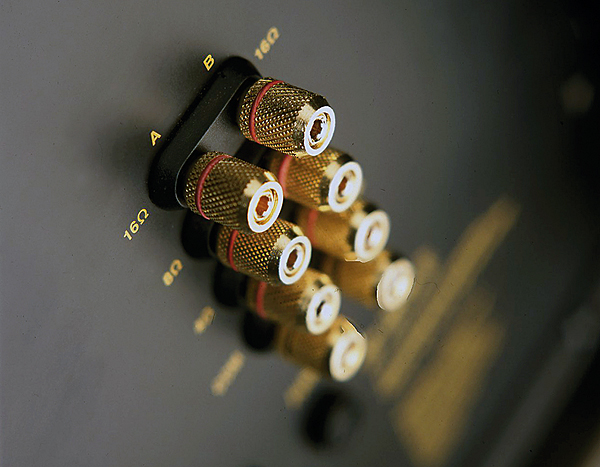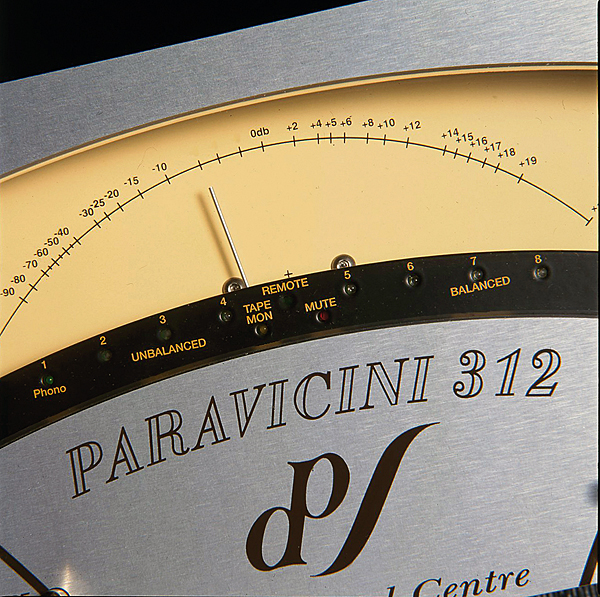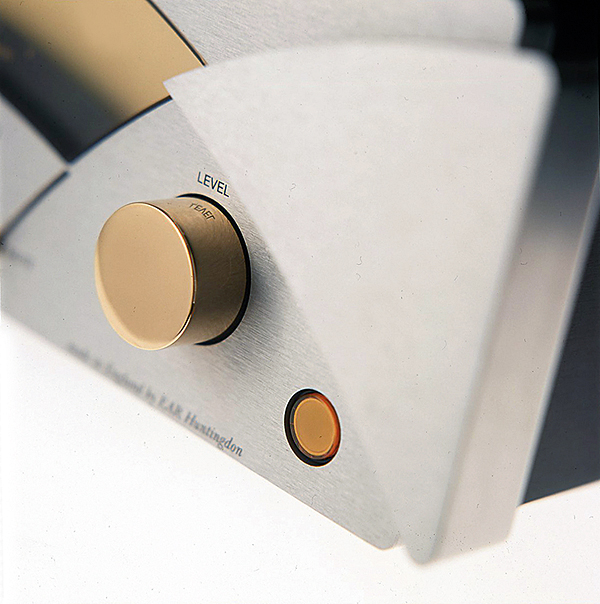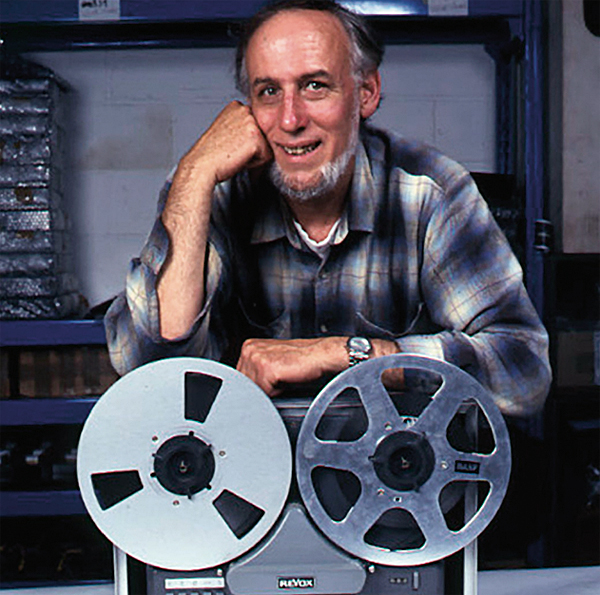Paravicini 312 Preamp and M100A Monoblocks Page 2
For the listening we set up the system in fully-balanced mode, using the fixed level outputs from a Krell KRS25sc CD player, while the phono section was sampled with a London Gold/Decca International/Garrard 401 set-up for moving-magnet, and a Transfiguration/SME Series V and SME 10 rig for moving-coil.

Balanced interconnects were Kimber's best, while speaker wire was courtesy of Transparent, not only for the Sonus faber Guarneri and Apogee Scintilla with which I performed most of the listening, but the variety of other speakers listed in the boxout 'The Bigger Picture' [see below]. Aside from listening for clipping – again, see the boxout – the experience was, from the outset, overwhelmingly familiar. It was a pure EAR experience, Tim de Paravicini being foremost among those designers who seems unable not to stamp his identity on the sound. It's an experience which, for me at least, goes back to the TVA1 and the EAR 509, and must be admired for its consistency.
![]() Whip Smart
Whip Smart
Before reading this, note that I am not ascribing these qualities to Tim as a person. I would hardly call him a 'control freak', even though the bass and drum sounds he favours are so stage-managed as to suggest a martinet with a whip standing over a battered and bleeding Jack Bruce. In my experience, Tim de Paravicini's sound is bold, up-front, dynamic and – to use modern parlance – kick ass. The presentation is never shy, never lacking confidence and always close to the edge. If this combination were a car, it would be a TVR, not a Lexus. It is the kind of system that imparts excitement to almost everything – although that would be impossible to do to works by Andrew Lloyd Webber – and, as a result, calls for a red-blooded listener.

Joy Riding
Everything about the sound of the combination is big and bold, a bottle of Brunello amidst a case of Evian, with sound so vivid that it can only be likened – sonically – to Decca cartridges, classic Lowther horn speakers or dual-concentric Tannoys. While the M100A power amp is capable of delicacy, if not quite the sublime finesse of the partnering 312 preamp, it begs to be fed a diet of huge works. Indeed, using it with chamber music would surely be to waste it, like pouring that Brunello into a casserole.
If the lower registers – the tight and dry bass, the bottomless extension – are as predictable as two-decades-plus of Tim's designs would suggest, then the rest is something of a surprise. While the top end is easily excited to near edginess, one suspects that it is the 312/M100A combination stretching the speakers and cables to their limits, rather than the amplifiers themselves misbehaving. Yes, there is a constant sense of a pending eruption, but it never arrives. I suppose it's as close as audio gets to a ride on EuroDisney's Space Mountain. You think you're gonna go off the rails, but you don't.

If ever a system begged to be fed the Kodo drummers, this is it. The Yoshinos portrayed them with all their power, all their mass, all of their impact. Conversely, a session with The Persuasions – unamplified voices – proved to be just as rewarding because the scale, the three-dimensional layering and therefore the sheer presence overcame a slight loss of textures in the very deepest voices.
At no point was I bored using the 312/M100A combination, and I found myself actually looking forward to the listening periods, to the looks on friends' faces. And each face produced a rictus upon being told that the 312 cost £10,000 and a pair of M100As would set you back £20,000. This, of course, is Loony Tunes money, and the competition is so fierce at this rarefied level (lots of products/few customers) that it's a buyer's market. You don't need me to tell you that there are lots of dandy amps for twenty big ones.

Sweat 'N' Tears
Hand on heart, I have to say that the departure of the 312 – which I adored to pieces – caused me a greater sense of loss than the M100As, but their absence, too, causes a lingering wistfulness. Quite what has happened, I don't know. I suspect it's like being reminded of one's youth as one enters one's decline; the temptation is quite clearly the hi-fi equivalent of those sad fiftysomethings who run out and buy Harley-Davidsons or Ducatis the instant they realise that they can no longer keep it up all night without the aid of scaffolding.
So maybe the 312/M100A is a young man's plaything, because it is most surely an invitation to bang your head, listen loud, and leave the session drenched in sweat. This is the most butch combination I've heard in a long, long time. Alanis Morissette fans need not apply.
























































